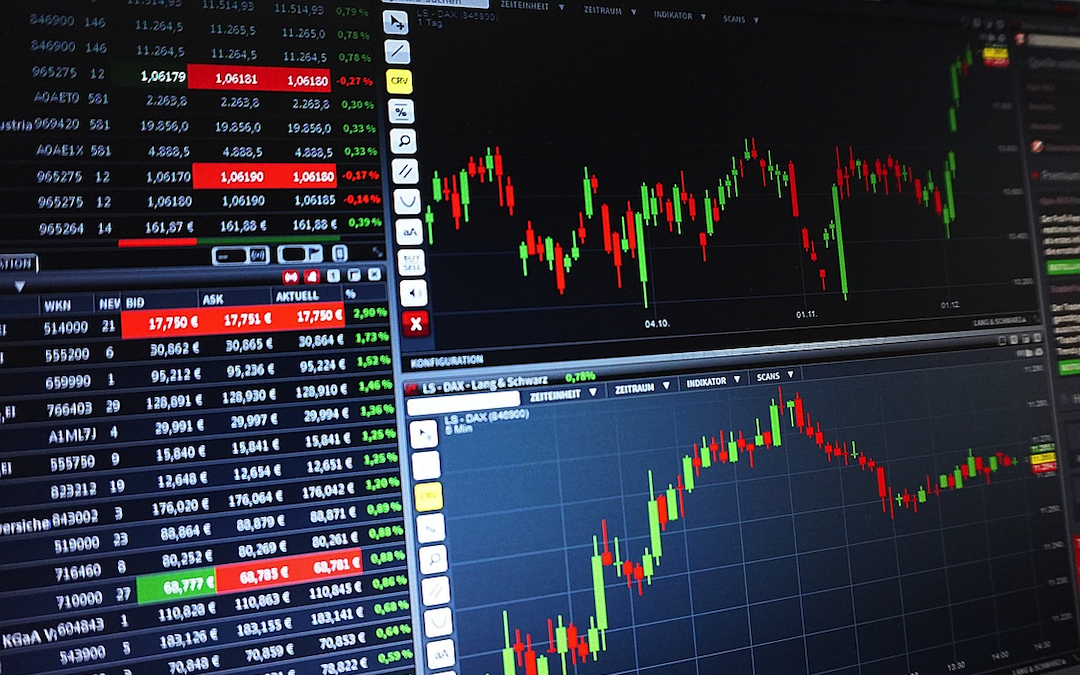
Whether you are starting your forex trading journey or are an expert trader, your success relies on the utilization of real-time data, advanced analytics, and efficient trading tools. With the advancement in technology, you can use advanced application programming interfaces (APIs) to improve your trading tactics and gain a competitive edge. Nowadays, the advanced currency converter API is commonly used in forex trading to provide information about currency exchange rates.
What are Currency Converter APIs?
Currency converter APIs provide programmatic access to currency exchange rate data. You can use them to get up-to-date conversion rates for different currencies, allowing you to convert the values accurately. Since you get real-time exchange rates, you can stay updated on the latest forex rates and maximize your profits. Currency converter APIs enable the integration of currency conversion capabilities into applications and systems.
Why Use Converter APIs for Forex Trading?
Here are the top four reasons why you need to incorporate advanced currency APIs into your forex trading strategy.
1. Receive Real-time Data Access
You need access to real-time data to keep up with the volatile forex markets. Currency converter APIs provide real-time exchange rate information, ensuring you have the information you need at your fingertips. When you install a currency converter API, you receive instant market updates, which help you make informed decisions based on the most recent information. Real-time data access allows you to capitalize on market movements and develop trading strategies. You also benefit from accurate information on exchange rates, which minimizes the risk of errors. Making accurate trades is crucial for high-frequency trading since even the slightest error can significantly affect your profitability.
2. Get Enhanced Trading Tools
Automated trading is a game changer in forex trading, and advanced application programming interfaces can help you achieve that. Using currency converter APIs, you can automate trading strategies by setting predefined rules for selling and buying currencies. Integrating currency converter APIs with other trading tools helps you execute trades faster and never miss an opportunity. Sophisticated algorithms are also integrated with currency converter APIs. This helps you analyze the data and execute trades faster.
3. Use the Market Analytics Tools to Make Informed Decisions
Understanding trends is critical for making trading decisions. You can use advanced currency APIs to obtain historical data, allowing you to analyze past market behaviors and develop long-term trading strategies. You can integrate advanced currency APIs with powerful analytical tools. The tools analyze market data in real-time and identify patterns that provide more in-depth insights into market dynamics. With advanced analytics on financial markets at your fingertips, you can adjust your trading tactics and boost your profits.
4. Enjoy Seamless Integration
In forex trading, you rely on various tools to make the best trades and improve profitability. Advanced currency APIs integrate seamlessly with other trading platforms, helping you enhance your trading capabilities. The compatibility of the currency APIs with trading platforms allows you to customize the trading tools to meet your preferences. The flexibility and ability to tailor the APIs to specific requirements help you optimize them to suit a particular trading style.
Conclusion
The introduction of advanced currency APIs is changing the forex trading landscape. By providing real-time data access and offering comprehensive market analysis, currency converter APIs empower traders to operate efficiently. With advanced APIs, you can access real-time risk assessment tools to monitor your risk exposure and maintain a balanced portfolio. Whether you are a beginner or a seasoned forex trader, making use of advanced currency APIs enhances your forex trading.
Share this post
Leave a comment
All comments are moderated. Spammy and bot submitted comments are deleted. Please submit the comments that are helpful to others, and we'll approve your comments. A comment that includes outbound link will only be approved if the content is relevant to the topic, and has some value to our readers.

Comments (0)
No comment